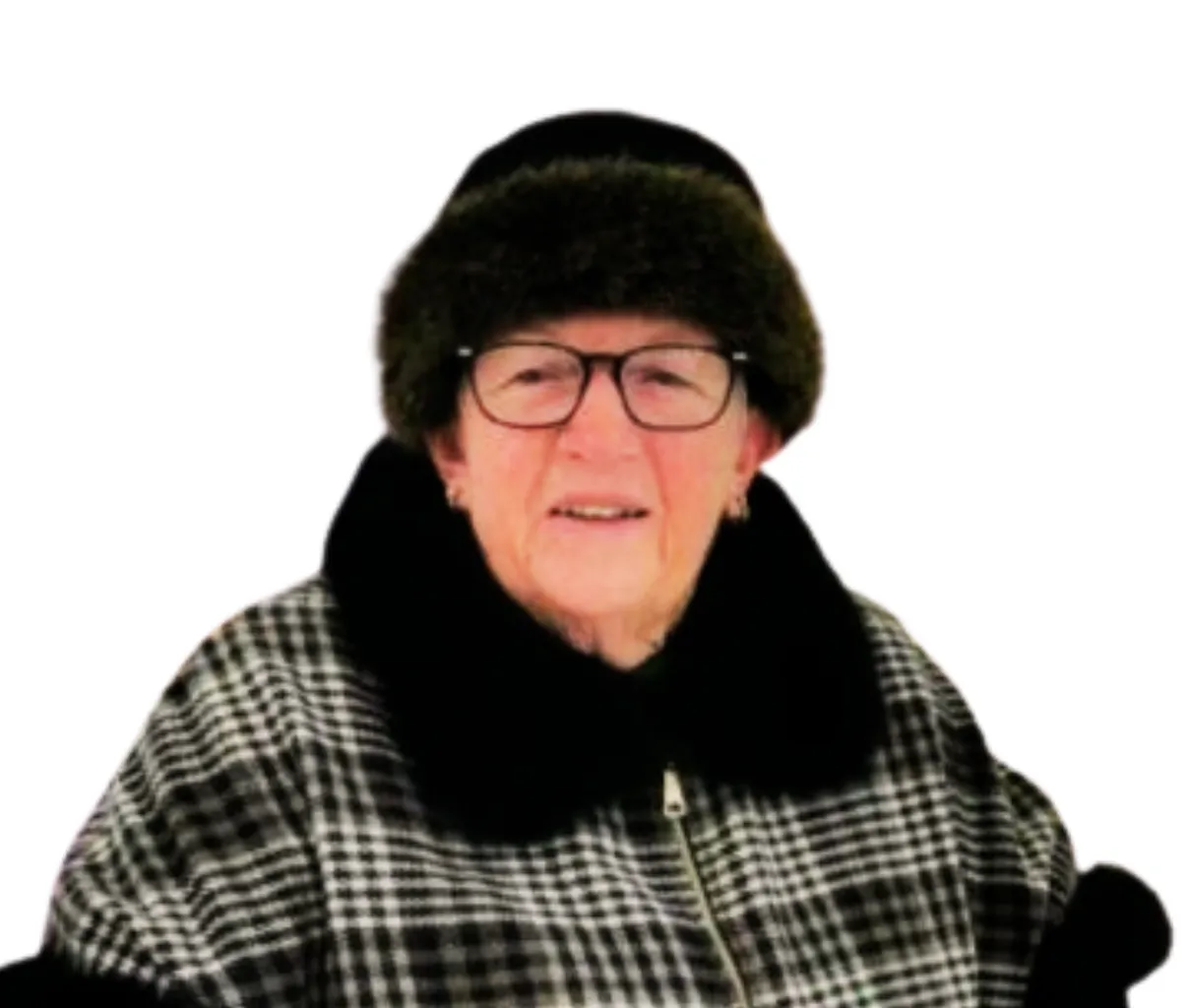Sign up below to download the information pack.

These stories have been kindly shared by our diverse community of cochlear implant patients. Through these little yarns we aim to help spread their message and offer an online library that helps promote, inspire and educate.
Hello – my name is Lyn, and I am deaf.
I wasn’t born deaf, and it doesn’t run in my family. I became deaf as an adult – and no one really knows why.
The turning point was when I couldn’t hear the little ding that tells you the hearing aid battery has run out. That was when I realised how far things had gone.
Fortunately, my right ear lost hearing about six months after my left. That meant I still had a little assisted hearing when surgery was coming up.
My cochlear implant (CI) is in my left ear, and I still wear a hearing aid in my right ear. It helps with balance and also boosts the sound I hear through the implant.
My first visit to The Hearing House in Auckland was amazing. They were so thorough and supportive. I was lucky to have my cousin with me at every appointment – she had been a nurse, so she understood a lot of what was going on, and she acted as my second pair of ears. That really made a difference.
Six months later, I had my hospital appointment for the implant. I stayed in Auckland for 10 days to cover the surgery, switch-on at The Hearing House, and a follow-up check before driving home to Whakatāne.
Switch-on was incredible. The room was full of people. As soon as the device was activated, sound came back. The audiologists made some adjustments – and then I heard my daughter laugh.
It sounded exactly the way it always had, like nothing had ever been lost. That moment changed everything.
After that, my cousin and I made sure to get out every day. Each outing gave me a chance to practise hearing in different situations. The Hearing House also gave me “homework” listening activities to build up my skills.
COVID lockdowns made follow-up appointments tricky, but the Hearing House Outreach Clinics and Mobile Unit in Papamoa were a game changer. The staff can connect straight to your processor through their computer – they can see almost everything it’s doing.
If your implant is paired with an iPhone or iPad, some adjustments can even be done remotely. That’s really helpful if something goes wrong, as it did for me after another surgery. Luckily, I was re-tuned and back on track.
Getting supplies has been easy too. The Hearing House team are only a phone call or email away, and replacement parts arrive in just a few days by post. The starter kit you receive after surgery is well organised, with clear instructions (read them more than once!).
For anyone on a fixed income, I found both my GP and WINZ supportive with financial help.
Today, I have 91% hearing in my left ear – up from just 1%.
Before the implant, life was a real struggle. It’s easy to shut yourself off, stop communicating, and withdraw from the world. Crowds can be overwhelming. People forget to look at you when they speak. Conversations can be tiring.
My advice?
And most of all – don’t give up. A cochlear implant can give you your life back. It certainly did for me.
– Lyn Price, CI Seminar, 16 August 2025

Click below to sign up and download our information pack.